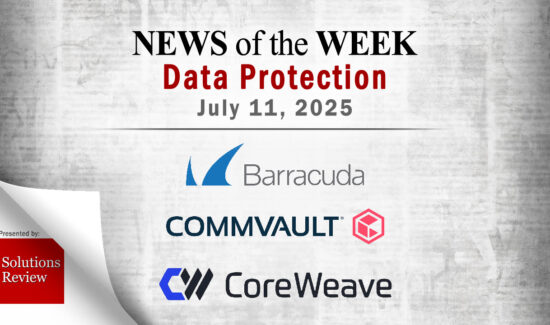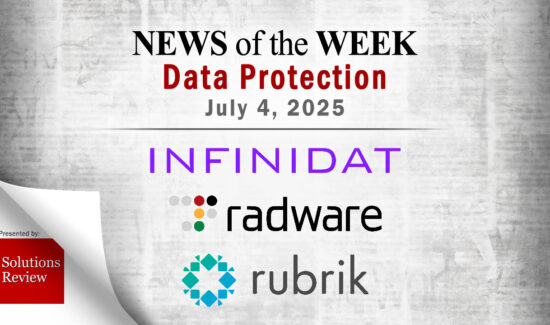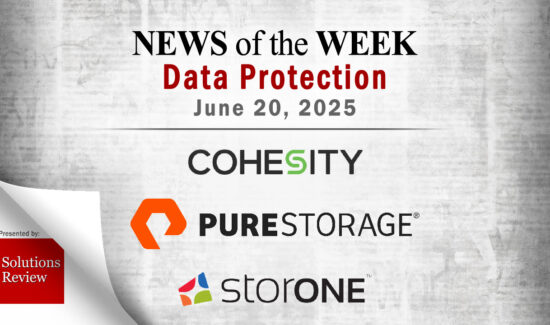Gartner’s 2019 Magic Quadrant for Disaster Recovery as a Service: Key Takeaways

 Tech analyst house, Gartner, Inc., recently released their Magic Quadrant for Disaster Recovery as a Service. Gartner describes Disaster Recovery as a Service (DRaaS) solutions as “offering a productized service for which the provider manages server image and data replication to the cloud, disaster recovery run book creation, automated failover and failback between on-premises and the cloud, and network element and functionality configuration as needed during and for recovery operations.” To be considered DRaaS, all elements of the service must be included in the service offering contract between the provider and customer, and must also include a standardized SLA for recovery, according to Gartner.
Tech analyst house, Gartner, Inc., recently released their Magic Quadrant for Disaster Recovery as a Service. Gartner describes Disaster Recovery as a Service (DRaaS) solutions as “offering a productized service for which the provider manages server image and data replication to the cloud, disaster recovery run book creation, automated failover and failback between on-premises and the cloud, and network element and functionality configuration as needed during and for recovery operations.” To be considered DRaaS, all elements of the service must be included in the service offering contract between the provider and customer, and must also include a standardized SLA for recovery, according to Gartner.
In this year’s Magic Quadrant, Gartner analyzed the following DRaaS Providers: BIOS Middle East (formerly Cloud HPT), C&W Business, Expedient, Flexential, IBM, iland, InterVision, Microsoft, Recovery Point, Sungard Availability Services, and TierPoint. Flexential, BIOS Middle East, and InterVision (which acquired Bluelock) are all new vendors in this year’s report. No vendors from the previous year were dropped. The quadrant breaks down into four categories: Leaders, Challengers, Visionaries, and Niche Players. Gartner arranges the providers on the quadrant based on their strengths, weaknesses, ability to execute, and completeness of vision. We looked at the report, available here, and picked out the key takeaways on the DRaaS offerings and their features.
Leaders
Recovery Point and iland are the top providers this year; Recovery Point boasting the most effective ability to execute and iland displaying the strongest completeness of vision. Recovery Point’s success likely results from its ability to consistently deliver on roadmap items, such as introducing Business Process Resilience for fully managed applications. iland’s placement on the graph could be due to the expansion of its geographic presence, as well as its addition of new, fully managed support offerings.
Rounding out the leader category is Microsoft. The provider was praised for its pricing model, which requires no long-term contracts, and uses an actual consumption-based model for testing and data storage.
Challengers and Visionaries
In this year’s Magic Quadrant, there were no challengers. Last year, Recovery Point and TierPoint held challenger status, but have since shifted to being a leader and a niche player, respectively.
InterVision is right on the edge of the line between visionaries and niche players. A factor of the vendor’s placement is possibly the fact that it is one of the smaller DRaaS providers in this report, which has an impact on its ability to scale and handle large projects. Sungard Availability Services (Sungard AS) also holds visionary status, which is likely a result of the provider being one of three vendors in the Magic Quadrant with significant experience providing recovery for non-x86 workloads and mainframes. The final visionary in the report is IBM. The vendor was praised for its depth and breadth across its overall Business Resiliency portfolio, as well as its support for global locations.
Niche Players
The niche players section of the graph is the most populous, with five vendors. Flexential was placed on the low end of this section, possibly because its DRaaS offerings have undergone very few changes in the last two years. Placed slightly higher is C&W business, which has a focus on “medium-complex” clients that have a range of applications and platform variations, and want fully managed services. Expedient is also listed in this section, which is likely due to the fact that it relies on other vendors for almost all research and development.
Rounding out the niche players category are TierPoint and BIOS Middle East. TierPoint’s placement could be a result of some of its solution design options being without widespread customer adoption. BIOS Middle East’s status as a niche player is possibly due to the fact that its solution is unsuitable for clients with mixed data center-cloud disaster recovery environments.
Download the full Gartner Magic Quadrant for Disaster Recovery as a Service here.
Download our Disaster Recovery as a Service Buyer’s Guide here.





















